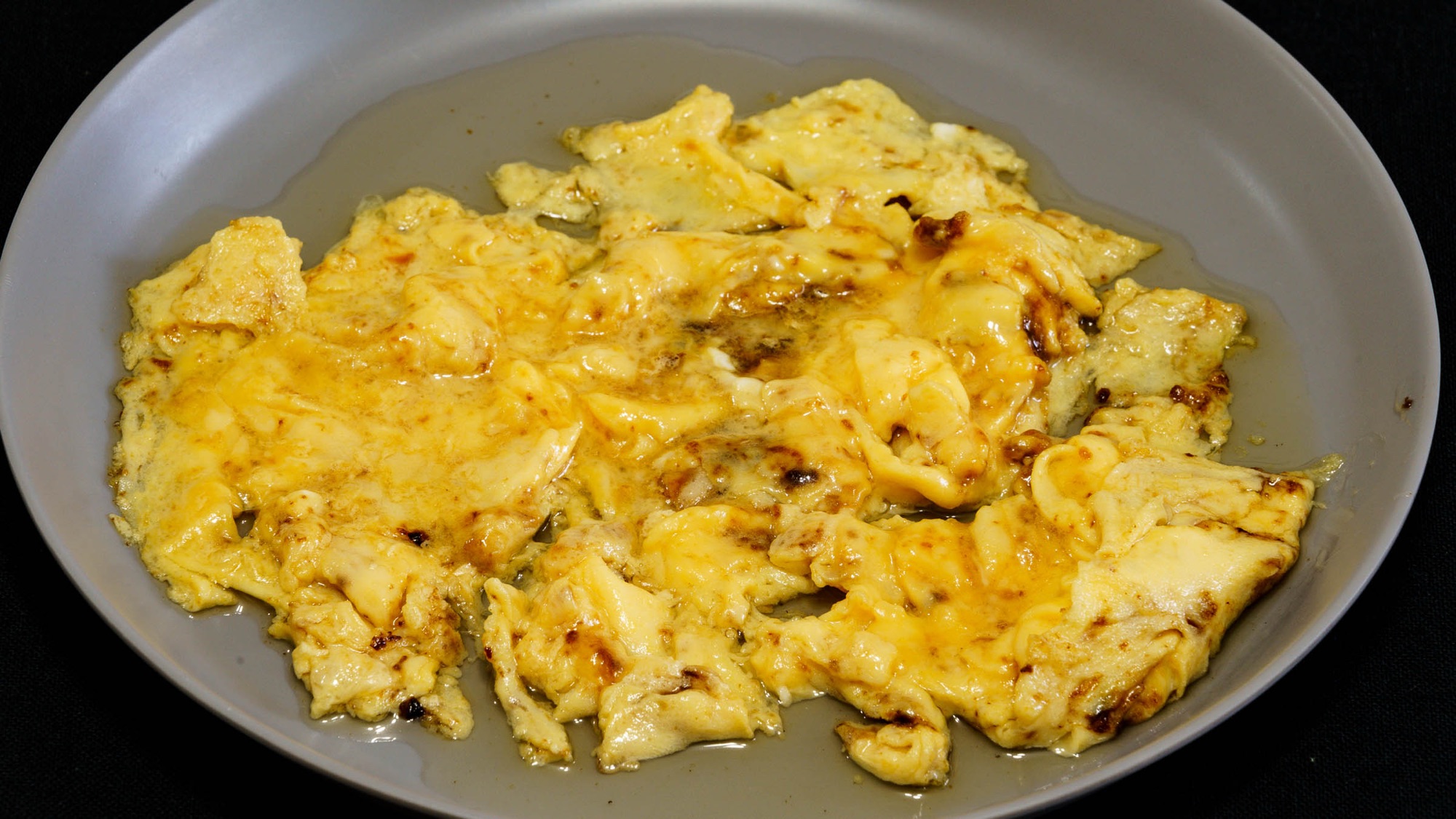Nowadays, a tray of nine lamb loin chops costs between $AUD25 and $AUD30. This is enough for three meals, and I often eat lamb chops for lunch.
Cooking lamb chops in an air fryer is certainly easy and doesn’t generate a big mess. Nevertheless, even with dry brining, the air fryer doesn’t always create a good crust on the surface of the meat.
I aim to create a crust and minimise mess with minimal effort.

Ingredients
- Lamb loin chops
- Salt
Equipment
- Refrigerator
- Frypan
- Frypan lid


Instructions
- The day before you intend to cook the chops, season them with salt. Set them on a rack in the fridge, uncovered.
- Place the chops in a frypan and turn on the heat. Reduce to moderate heat and allow the chops to cook in the frypan for six minutes.
- Flip the chops, place a lid on the frypan, and let them cook for six minutes. There’s no need to shift the chops; they won’t stick.
- Switch off the heat and take off the lid.
- Transfer the chops to a dinner plate.
- Serve the chops with some flaky salt.

Bonus
A advantage of this method is the leftover lamb fat that can be used for cooking scrambled eggs.



Lamb chops

